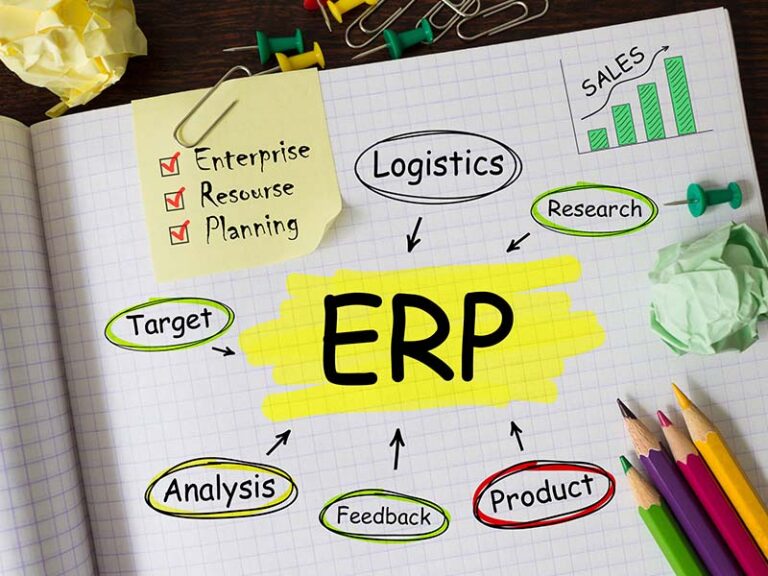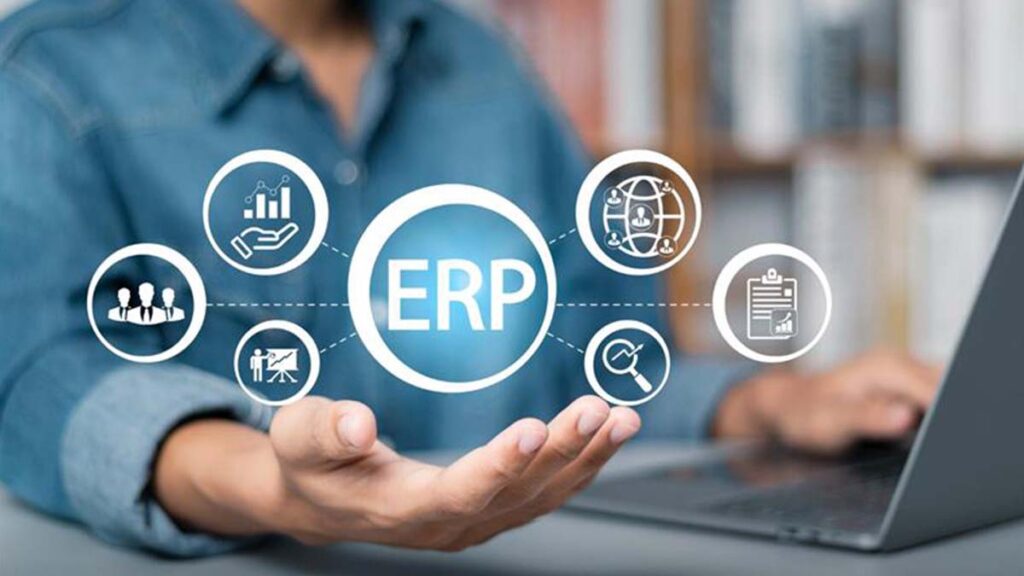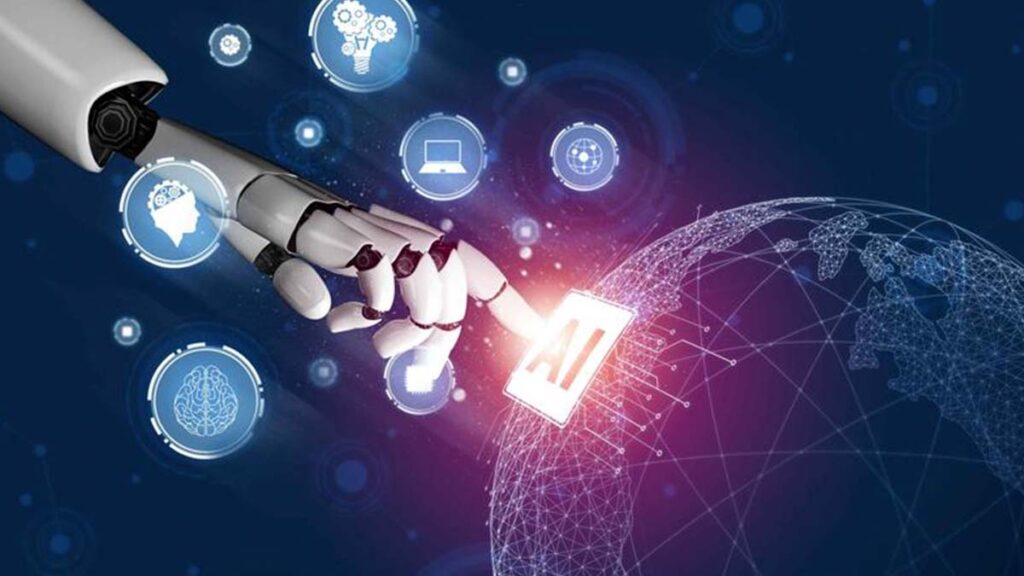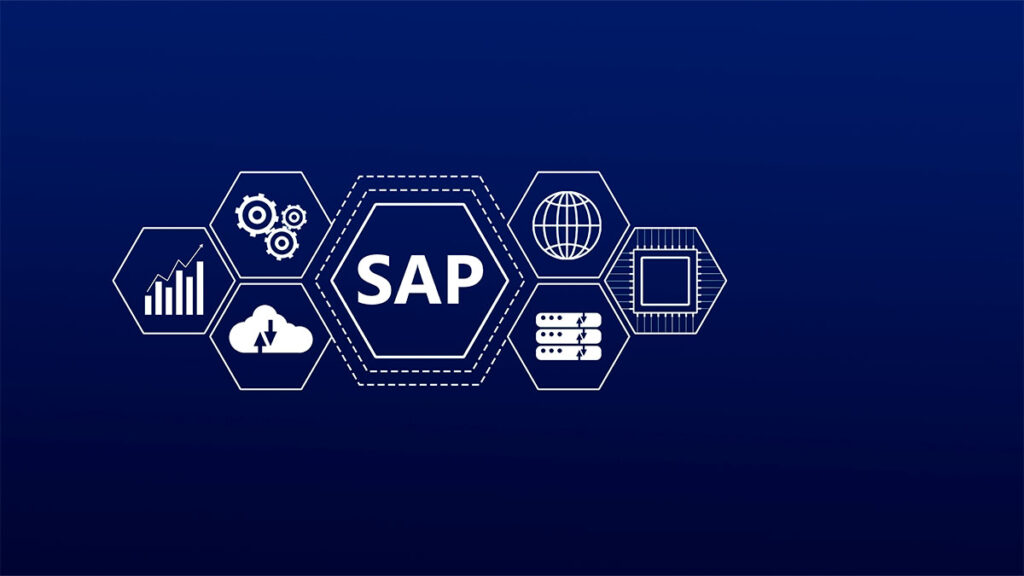In today’s fast-paced digital economy, enterprises demand agility, scalability and innovation to remain competitive. With their monolithic designs and rigid structures, traditional ERP systems often become bottlenecks rather than business enablers. This is where Composable ERP Architectures are redefining enterprise resource planning, paving the way for next-gen agility and adaptability
What Are Composable ERP Architectures?
Composable ERP Architectures refer to modular, flexible ERP systems built on a collection of interchangeable components or microservices. Unlike legacy ERP systems that are tightly coupled and difficult to update or scale, composable ERPs use APIs, cloud services, and low-code platforms to integrate and reconfigure individual modules based on evolving business needs.
Core Principles of Composable ERP Architectures
Gartner defines composability through four principles:
- Modularity: Each function (finance, HR, supply chain, etc.) exists as a separate module.
- Autonomy: Modules operate independently and can be updated without affecting the entire system.
- Orchestration: Business processes are orchestrated across various services through APIs or integration platforms.
- Discovery: Components are easily discoverable and usable by teams for innovation

Why Composable ERP Architectures Are Gaining Traction?
Modern businesses are always dealing with change, like mergers, market shifts and new digital technologies. The need for real-time adaptability makes Composable ERP Architectures not just a trend but a strategic necessity.
Key Drivers:
- Agility in Business Operations
- Faster Innovation Cycles
- Scalable and Customizable Modules
- Lower Total Cost of Ownership (TCO)
- Cloud-Native and API-Driven Integrations
Benefits of Composable ERP Architectures
Enhanced Flexibility
Organizations can deploy only the necessary modules and scale as their requirements evolve. For example, a mid-sized company might start with finance and HR modules and later add supply chain and customer service.
Accelerated Time-to-Market
New features or business processes can be implemented rapidly without reworking the entire ERP system. This helps companies react more quickly to new opportunities and challenges in the market.
Improved User Experience
Composable ERPs let you create custom screens and workflows for different job roles, making work easier and more satisfying for employees.
Cost Efficiency
By integrating only essential services, businesses avoid costly system overhauls. Plus, cloud-native solutions significantly reduce infrastructure costs.
Future-Readiness
Composable ERP Architectures prepare organizations for upcoming technological shifts like AI, machine learning and IoT integration
Key Components of Composable ERP Architectures
To build an agile and future-proof enterprise system, a composable ERP typically includes:
Core Modules
- Finance & Accounting
- Human Capital Management (HCM)
- Procurement
- Supply Chain Management (SCM)
- Customer Relationship Management (CRM)
Microservices Architecture
Each module is developed as a separate microservice that can be deployed, updated, and scaled independently.
API Gateways
APIs serve as the glue, enabling different modules to talk to each other seamlessly.
Cloud Infrastructure
Composable ERP systems are usually deployed on AWS, Azure, or Google Cloud for maximum scalability and resilience.
Integration Platforms
Middleware platforms like MuleSoft, Dell Boomi, or SAP Integration Suite connect internal and external systems with minimal coding.
Low-Code/No-Code Platforms
Enable citizen developers to configure or build new modules without heavy IT dependency quickly.
Composable ERP vs. Traditional ERP: A Comparative Overview

How to Implement Composable ERP Architectures
Setting up Composable ERP Architectures needs a clear plan. Here’s a simple step-by-step guide to help you get started:
Assess Current Systems
Evaluate existing ERP components and determine which are outdated or monolithic.
Identify Business Priorities
Focus on high-impact modules like finance or supply chain that can benefit most from composability.
Choose the Right Platform
Depending on your needs, select a composable ERP platform such as SAP S/4HANA Cloud, Oracle Fusion, or Microsoft Dynamics 365.
Use Integration Platforms
Leverage middleware tools to ensure smooth interoperability among modules.
Adopt a Phased Rollout
Start with a few key modules and expand gradually. Avoid a big-bang implementation.
Ensure Change Management
Train employees and prepare them for the shift in workflows and processes
Future of Composable ERP Architectures
With the rise of AI, data analytics, and intelligent automation, Composable ERP Architectures are becoming the foundation for enterprise digital transformation. Gartner predicts that by 2027, 60% of large enterprises will have adopted composable ERP strategies to enhance business agility.
Emerging Trends:
- AI-Augmented Decision-Making
- IoT Integration for Real-Time Insights
- Blockchain for Secure Transactions
- Hyper Automation with RPA & ML
Conclusion
Composable ERP architectures are a big improvement over old, one-size-fits-all ERP systems. They empower enterprises to be more responsive, resilient, and ready for innovation. Whether you’re a mid-sized firm looking to scale or a global enterprise aiming to future-proof your operations, adopting a composable ERP strategy could be the most brilliant move.
By embracing modularity, cloud-native infrastructure and API-driven integrations, businesses can unlock new operational excellence and digital agility levels. The future of ERP is not just about planning resources—it’s about building a composable enterprise that thrives in change.
Why Choose Tek Leaders for ERP Services?
Tek Leaders delivers ERP services designed for today’s fast-moving business world. We don’t believe in one-size-fits-all solutions—instead, we tailor ERP systems to match your unique goals, workflows, and growth plans. Whether you’re modernizing legacy platforms, migrating to the cloud, or building a composable ERP architecture, our team combines deep technical expertise with real business insight. We focus on making your operations more efficient, connected, and agile—while minimizing downtime and risk




